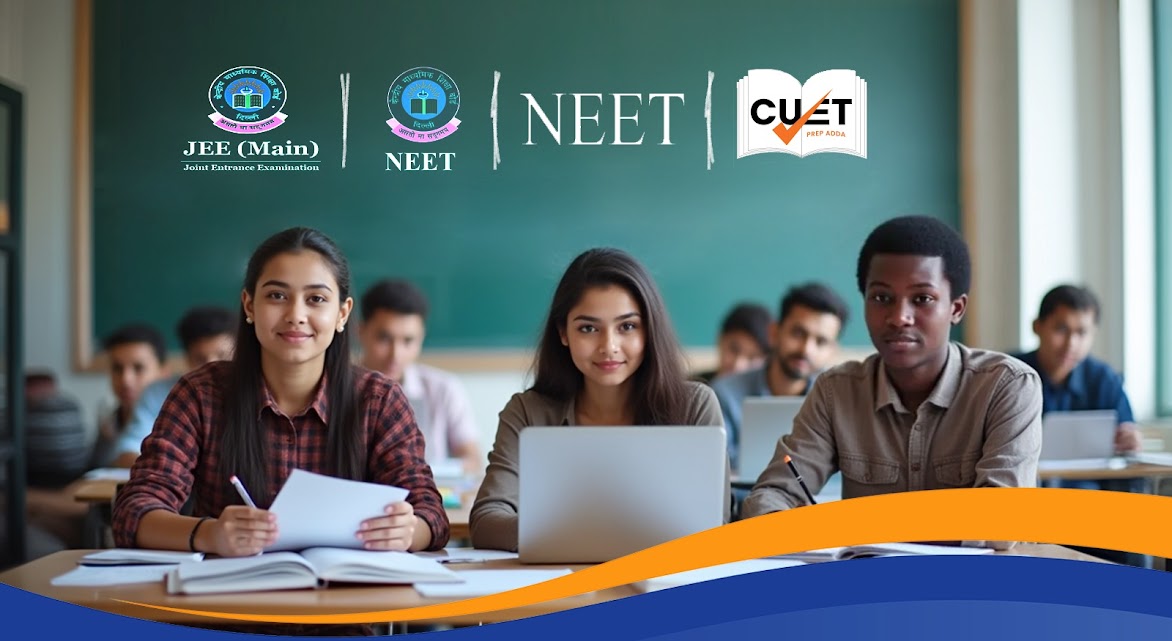
Education has always been the foundation of human progress. However, traditional education systems have remained largely unchanged for decades. The rise of Educational Technology (EdTech) is now revolutionizing the way we learn, making education more accessible, engaging, and effective. From digital classrooms and AI-driven tutoring to blockchain-based credentials, technology is transforming the educational landscape.
EdTech, short for Educational Technology, refers to the use of digital tools and innovative technologies to enhance teaching and learning. It includes a wide range of applications, from online learning platforms and virtual classrooms to AI-powered tutors and immersive learning experiences.
The influence of EdTech can be seen at all levels of education, from primary schools to higher education and corporate training. It is transforming the way students learn, how teachers teach, and how institutions operate.
Traditional education follows a one-size-fits-all model, which does not cater to individual learning needs. EdTech allows students to learn at their own pace, access tailored content, and receive personalized feedback.
How Personalized Learning Works:
EdTech has made education more accessible to students worldwide, breaking geographical and financial barriers.
Key Benefits:
Traditional classrooms often rely on passive learning methods. EdTech introduces interactive and engaging approaches to education.
Examples:
Teachers and institutions spend a significant amount of time on administrative work. EdTech solutions automate these tasks, allowing educators to focus more on teaching.
Examples:
Several groundbreaking technologies are driving the rapid growth of EdTech. Let’s explore some of the most influential ones:
AI is at the heart of modern EdTech solutions. It personalizes learning, automates tasks, and enhances engagement.
AI in Education Examples:
VR and AR create immersive learning experiences that make complex subjects easier to understand.
Examples:
Blockchain is transforming credential verification by providing secure, decentralized academic records.
Benefits:
Cloud-based solutions enable students and teachers to access educational resources from anywhere in the world.
Examples:
Despite its many benefits, EdTech also comes with challenges that must be addressed.
Not all students have access to high-speed internet or digital devices, leading to educational disparities.
Solutions:
EdTech platforms collect vast amounts of student data, raising concerns about privacy and security.
Solutions:
Excessive dependence on EdTech tools may reduce critical thinking and problem-solving skills in students.
Solutions:
The EdTech industry is expected to continue growing rapidly, with new innovations shaping the future of education. Here are some key trends to watch:
Future classrooms will use AI to provide real-time feedback, automate administrative tasks, and create personalized learning environments.
Continuous learning will become more important, with individuals earning micro-credentials and digital badges to showcase their skills.
The metaverse will enable students to learn in virtual worlds, attend classes in 3D environments, and interact with peers globally.
AI will break language barriers, allowing students to access educational content in any language.
The rise of EdTech is transforming education by making learning more personalized, accessible, and engaging. AI, VR, blockchain, and cloud computing are reshaping the way knowledge is delivered and consumed. While challenges like digital accessibility and data privacy remain, continuous innovation and responsible implementation can ensure that EdTech benefits students worldwide.
As we move into the future, education will no longer be confined to classrooms and textbooks. With technology at the forefront, the possibilities for learning are limitless. Whether you’re a student, educator, or lifelong learner, embracing EdTech can open doors to endless opportunities.
.jpg)







.jpg)
